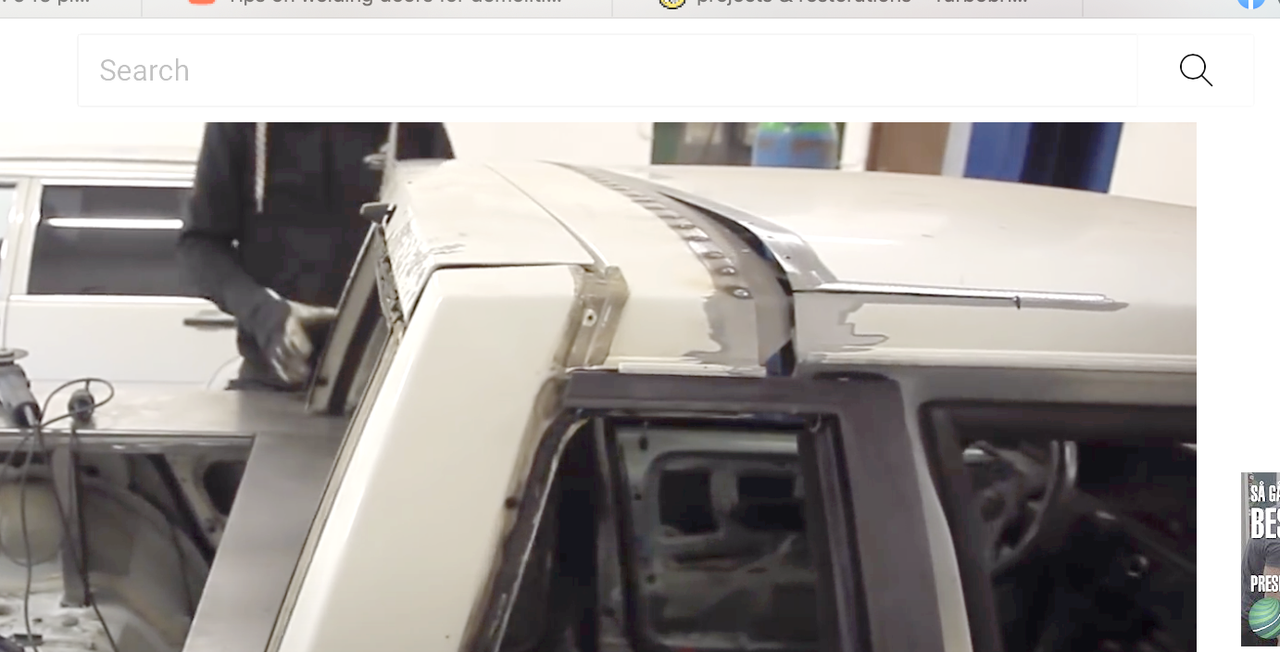OldCarNewTricks
Well-known member
- Joined
- Oct 23, 2016
- Location
- Oregon
I don't leave the sheet metal screws. I realize I should have spelled out the whole process. Once the panel is welded in place, I remove the screws and fill off those holes as well with the MIG. Usually, I will take a panel completely off all the way back to the original spot welds/seams. When that can't be done, or, it is much quicker to just section the panel I go the route I explained.
I have to double check, but the guy I bought the quarter from kind of chopped around everything. I'm not sure if all the spot welded areas were cut with it. If they were, I'll split from the factory seams and reweld there.
If not, I'll purchase a flanger tool.
What is the best way to identify spot welds? When replacing the battery tray on my Camaro, it was really difficult to find them. I believe it was rusty, and that didn't help anything, so I ended up kind of chiseling/drilling out. I'd like to be a tad more surgical on something like the quarter panel







